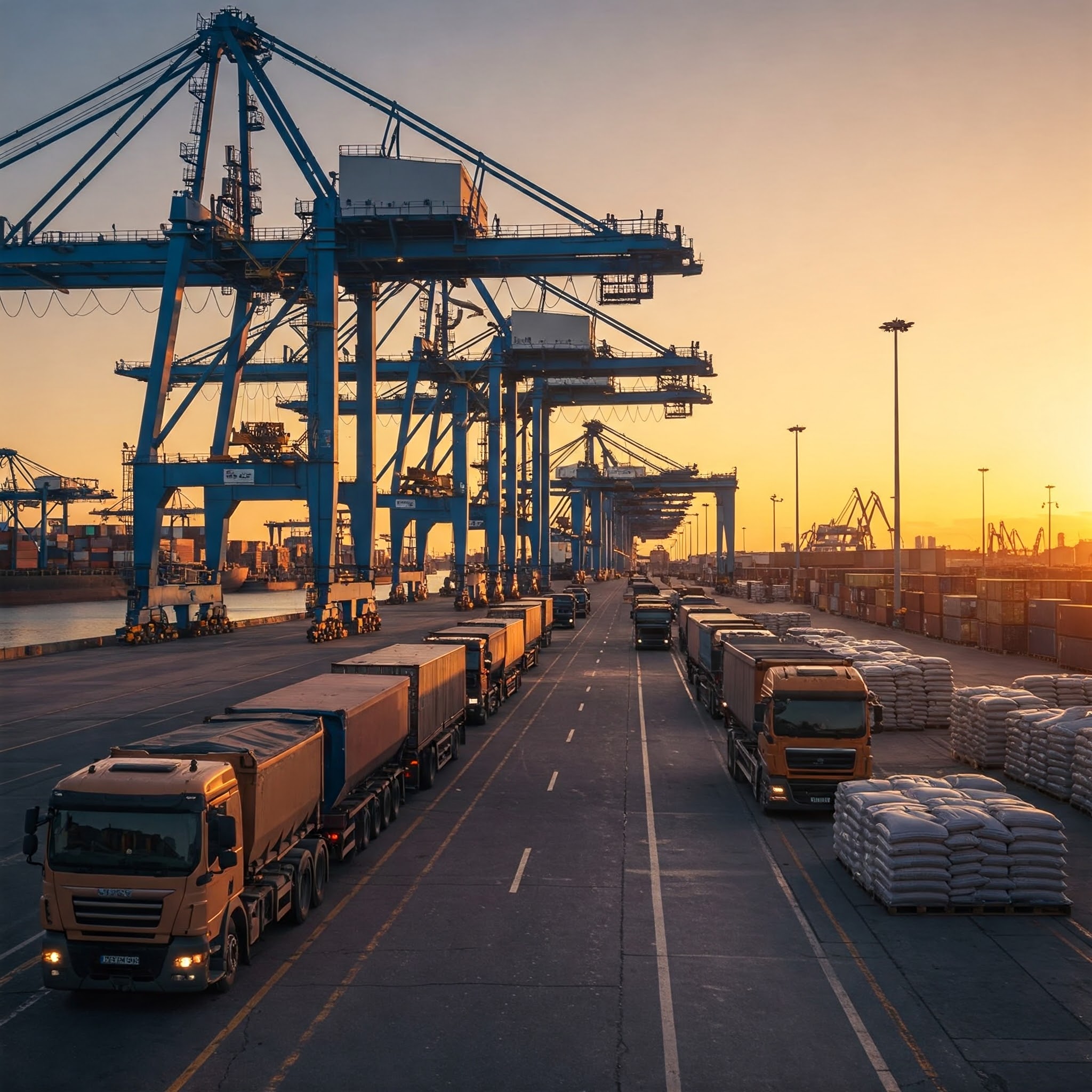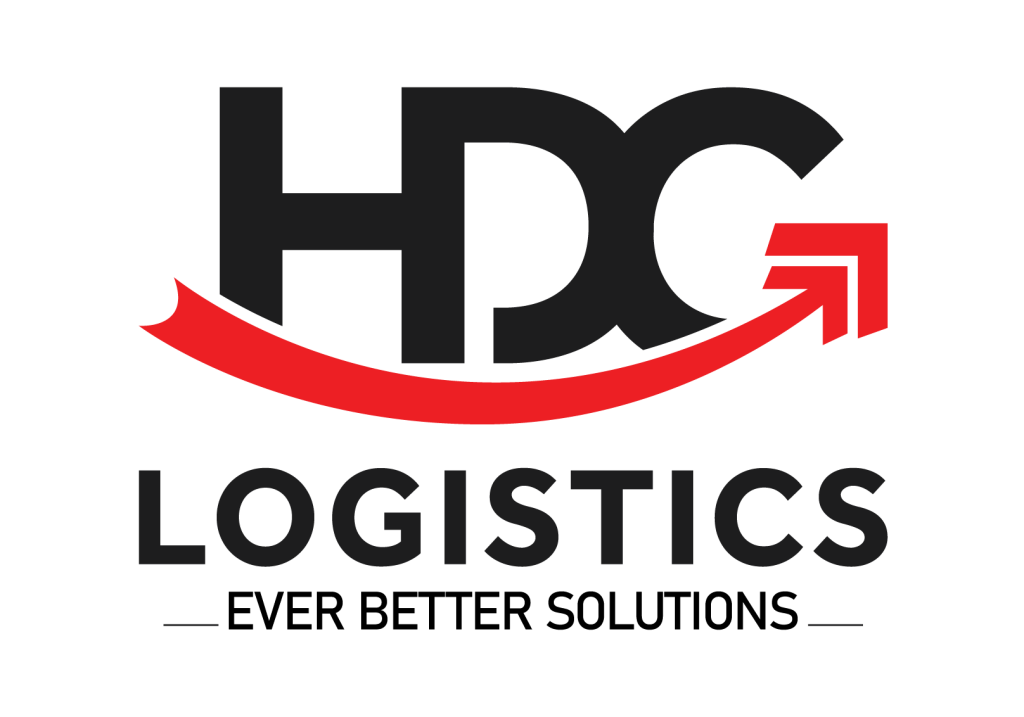Want to learn the procedures for importing animal feed to meet the needs of the Vietnamese market in 2025? This process includes many important steps, from obtaining an import license to quarantining the product. In this article, we will provide the most detailed and up-to-date information, helping you grasp each stage of the process, ensure successful imports, and fully comply with legal regulations.

Policies on importing animal feed to Vietnam
To import animal feed into Vietnam, businesses need to comply with current legal regulations. Specifically, a number of relevant legal documents include:
- Decree No. 69/2018/ND-CP dated 15/05/2018
- Decree No. 43/2017/ND-CP dated 14/04/2017
- Decree No. 128/2020/ND-CP dated 19/10/2020
- Decree No. 187/2013/ND-CP dated 20/11/2013
- Decree No. 77/2016/ND-CP dated 01/07/2016
- Decree No. 15/2022/ND-CP dated 28/01/2022
- Circular No. 38/2015/TT-BTC dated 25/3/2015 (amended and supplemented by Circular 39/2018/TT-BTC dated 20/04/2018)
- Circular No. 28/2017/TT-BNNPTNT dated 25/12/2017
- Official Letter No. 6313/TB-TCHQ dated 25/09/2020
According to the above documents, animal feed is not on the list of prohibited imports. However, when importing this item, businesses are required to carry out a number of accompanying procedures, including:
- State quality inspection of animal feeds;
- Announcing the circulation of products before putting them on the market;
- Carry out quarantine according to regulations for some types of animal feeds originating from animals or aquatic products.
HS code and import tax on animal feed
Animal feed is a product that provides nutrition to livestock to support the growth and development process. Depending on the purpose of use and composition, animal feed is divided into many types such as:
- Traditional food: including natural ingredients such as rice bran, corn, potatoes, green vegetables…
- Supplements: used to supplement missing micronutrients, minerals or vitamins.
- Complete compound feed: the product is pre-mixed, providing full nutrients.
- Concentrated foods: contain high nutritional content, often must be mixed with other ingredients before use.
Animal feed HS code
Based on the composition and characteristics of each type, the HS code of animal feed mainly belongs to heading 2309 – a group for products used in the livestock industry, which has not been detailed in other codes.
Enterprises need to accurately look up the corresponding HS code to apply the right tariff and declare customs appropriately. Some common codes are as follows
| 2309 | Preparations for animal husbandry | ||||
| 230910 | – Dog or cat food, packaged for retail: | ||||
| 23091010 | – – Contains meat | Kg | 10.5 | 7 | 5 |
| 23091090 | – – Other | Kg | 10.5 | 7 | 5 |
| 230990 | – Others: | ||||
| – – Complete Food: | |||||
| 23099011 | – – – Poultry | Kg | 4.5 | 3 | 5 |
| 23099012 | – – – Type for pigs | Kg | 4.5 | 3 | 5 |
| 23099013 | – – – Type for shrimp | Kg | 5 | 0 | 5 |
| 23099014 | – – – Type for primates | Kg | 4.5 | 3 | 5 |
| 23099019 | – – – Other | Kg | 4.5 | 3 | 5 |
| 23099020 | – – Synthetics, feed supplements or feed additives | Kg | 5 | 0 | 5 |
| 23099090 | – – Other | Kg | 5 | 0 | 5 |
Import tax on animal feed
Depending on the specific HS code and the origin of the goods, the import tax rate may vary. Concrete:
- Regular preferential import tax: from 0% to 7%
- Value Added Tax (VAT): 5%
- Special preferential import tax:
- Yes C/O Form E (goods from China): 0%
- With C/O Form D (goods from ASEAN countries): 0%
Therefore, in order to enjoy the special preferential tax rate, businesses should fully prepare valid documents of origin of goods right from the purchase stage.
Risks of applying the wrong HS code
Determining the correct HS code is a very important step in the process of carrying out procedures for importing animal feed. If the wrong code is applied, businesses may encounter significant risks such as:
- Delay in customs procedures: When the declared HS code does not match the nature of the goods, the customs authority will request a re-inspection, leading to a delay in processing the dossier.
- Delayed delivery: Goods may be withheld for clarification, affecting production and business plans, especially if the business works in a supply chain or fixed-time contract.
- Administrative sanctions: According to the provisions of Decree 128/2020/ND-CP, the act of falsely declaring HS codes will be sanctioned. In some cases, the fine can be up to 3 times the amount of import tax arrears, with the lowest level being 2,000,000 VND.
- Unnecessary costs: Wrong HS codes can cause businesses to be subject to higher tariffs, or not enjoy tariff incentives, leading to unnecessary increases in import costs.
- To avoid these risks, businesses should look up HS codes carefully, can consult experts or use professional customs declaration consulting services.
Dossier of procedures for import of animal feed
The dossier for import of animal feed is carried out in accordance with the provisions of Circular 38/2015/TT-BTC (dated 25/3/2015) and Circular 39/2018/TT-BTC (dated 20/04/2018).
Documents to be prepared include:
- Customs declaration
- Bill of Lading
- Commercial Invoice
- Sale Contract
- Certificate of Origin (C/O) – if applicable
- Packing List
- Dossier of declaration of circulation of animal feed
- Quarantine records
- Quality Inspection Records
- Product description catalogs (if applicable)
In particular, the 3 most important and mandatory documents for customs clearance are:
- Customs declaration
- Bill of Lading
- Commercial invoice
The remaining documents will be submitted additionally at the request of the customs office depending on each specific case.
Certificate of Origin (C/O) is an optional document, but it is very valuable when businesses want to enjoy preferential import tax rates under trade agreements such as Form E (China), Form D (ASEAN), etc. Therefore, businesses should actively negotiate with suppliers to be granted appropriate C/O.

The process of carrying out procedures for importing animal feed
The process of importing animal feed is specified in Circular 38/2015/TT-BTC and Circular 39/2018/TT-BTC. Here are the basic steps for you to visualize the process as a whole:
Step 1: Customs declaration
After having all documents such as contracts, commercial invoices, bills of lading, packing list, C/O (if any), notification of arrival goods and determining the correct HS code for animal feed, the enterprise will declare the customs declaration via electronic software.
The declaration needs to be accurate, especially the HS code, tax rate, name of goods, origin… If falsely declared, it will make it difficult to clear customs, and even be sanctioned according to regulations.
The time limit for declaration is within 30 days from the date of arrival of goods at the port. If it is overdue, an administrative penalty will be imposed.
Step 2: Open a customs declaration
After the declaration is completed, the system will return the channeling result (green, yellow or red). Enterprises need to print the declaration and bring the dossier to the customs sub-department to open the declaration in accordance with the channeling process.
The time limit for opening the declaration is 15 days from the date of declaration. If this time is exceeded, the declaration will be canceled and may be sanctioned.
Step 3: Quarantine and quality inspection
This is a mandatory step for animal feed products:
Register for quality inspection at the Inspection Center of the Department of Livestock Production (directly or through the one-stop system).
Sampling at the port or warehouse, can combine quarantine sampling and quality inspection at the same time to save time.
Wait for the test results: If passed, the inspection center will issue a certificate.
Submit the certificate to the customs authority to complete the inspection step.
Note: Goods are only cleared after having a satisfactory quality inspection certificate.
Step 4: Customs clearance of goods
When the dossier and documents are complete, the customs officer will check and decide to allow customs clearance. Enterprises shall pay import tax according to regulations to complete procedures.
In some cases, businesses may be able to bring goods back for preservation before full customs clearance (called “goods release”), but it is still necessary to complete the missing procedures to avoid being sanctioned.
Step 5: Bring the goods to the warehouse for storage and use
After the declaration is cleared, the enterprise carries out procedures for liquidating the declaration, picking up the goods at the port and bringing them to the warehouse. It is necessary to prepare documents such as delivery orders (DOs), pick-up slips and means of transport in advance to ensure that the goods are not stored overdue, avoiding costs.

Frequently Asked Questions (FAQs) When Importing Animal Feed
-
Do I need to apply for a license to import animal feed?
There is no need to apply for an import license if the product is already on the list of animal feeds allowed for circulation in Vietnam. However, businesses need to have a dossier of declaration of circulation or supplementation if the new item is not yet on the list.
-
Does animal feed need to be quarantined?
Yes. Animal quarantine is a mandatory procedure for food of animal origin, especially for products for pet animals such as dogs, cats, fish, and birds,…
-
Is it mandatory to label goods?
Yes. All imported goods, including animal feed, must be labeled in accordance with the provisions of Decree 43/2017/ND-CP, including information such as: product name, ingredients, instructions for use, manufacturer and importer,…
-
Is it possible to clear customs without quality inspection results?
Nope. Goods are only allowed to be cleared when they have satisfactory quality inspection results and have an inspection certificate issued by a competent agency.
-
If I declare the wrong HS code, can I correct it?
It depends. If an error is detected before customs clearance, the declaration can be corrected according to the customs process. However, if the enterprise has cleared customs, it may be sanctioned under Decree 128/2020/ND-CP, with a fine of 2 million VND or more or many times the difference in tax amount.
The procedure for importing animal feed in 2025 can be complicated, but with the specific instructions in the article, you already have all the necessary information. Regulatory compliance and thorough preparation will help you save time and money. Don’t hesitate! Apply these steps now to ensure the import process goes smoothly and brings the best results to your business.



 Tiếng Việt
Tiếng Việt 日本語
日本語 中文 (中国)
中文 (中国)

